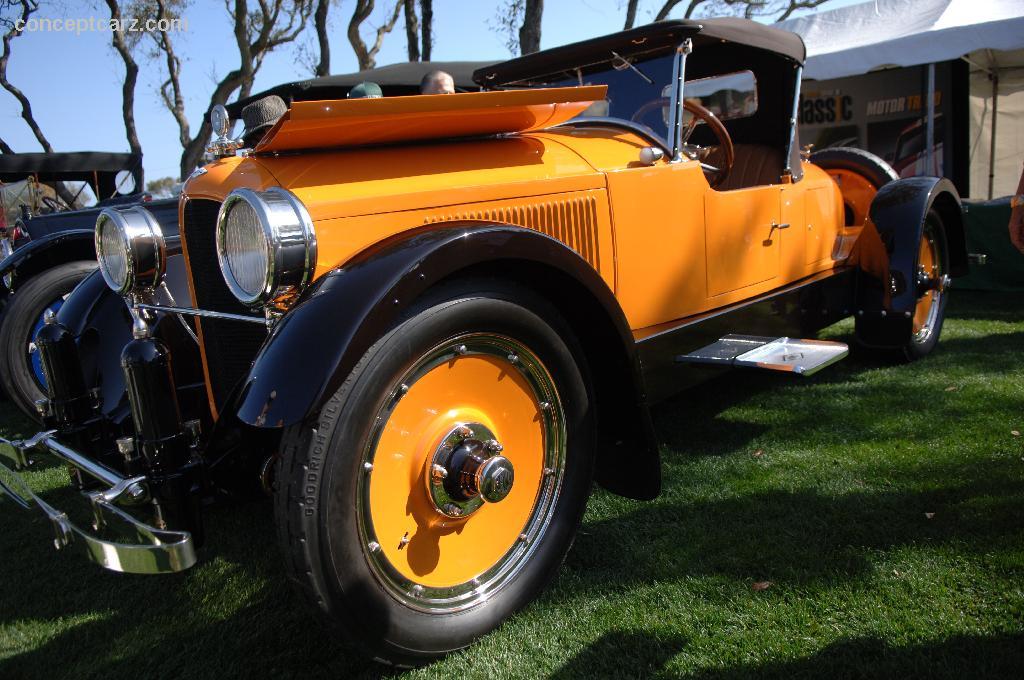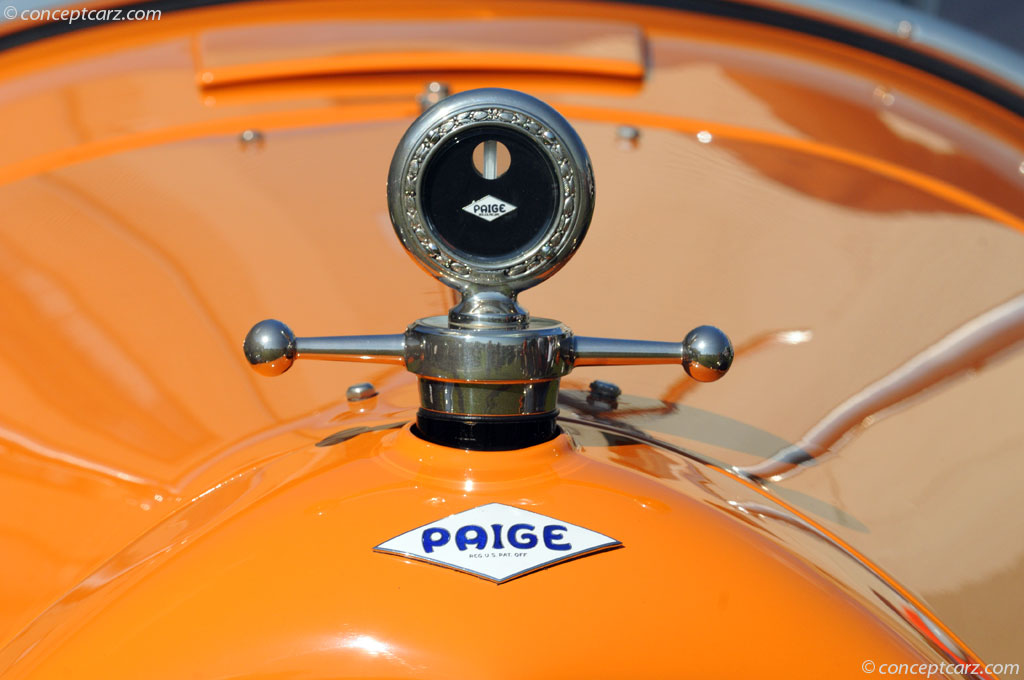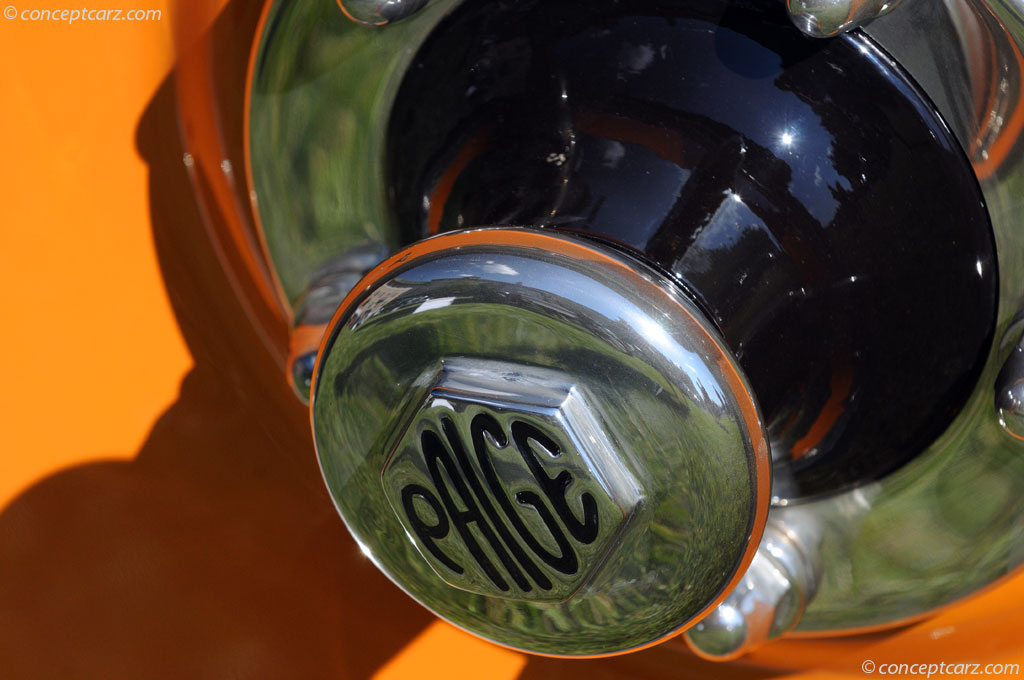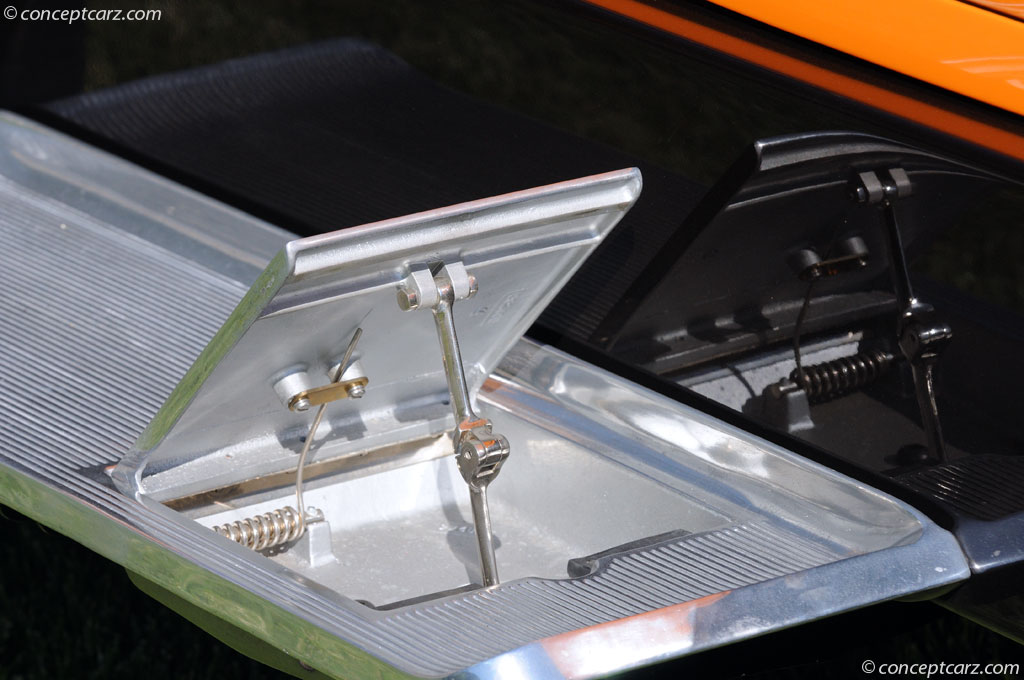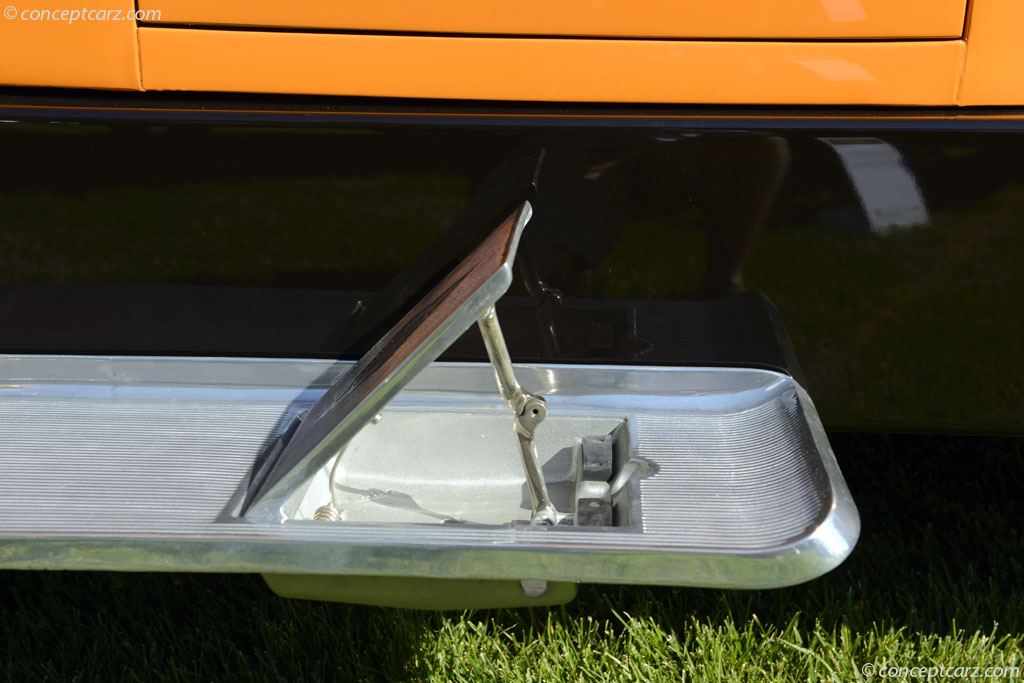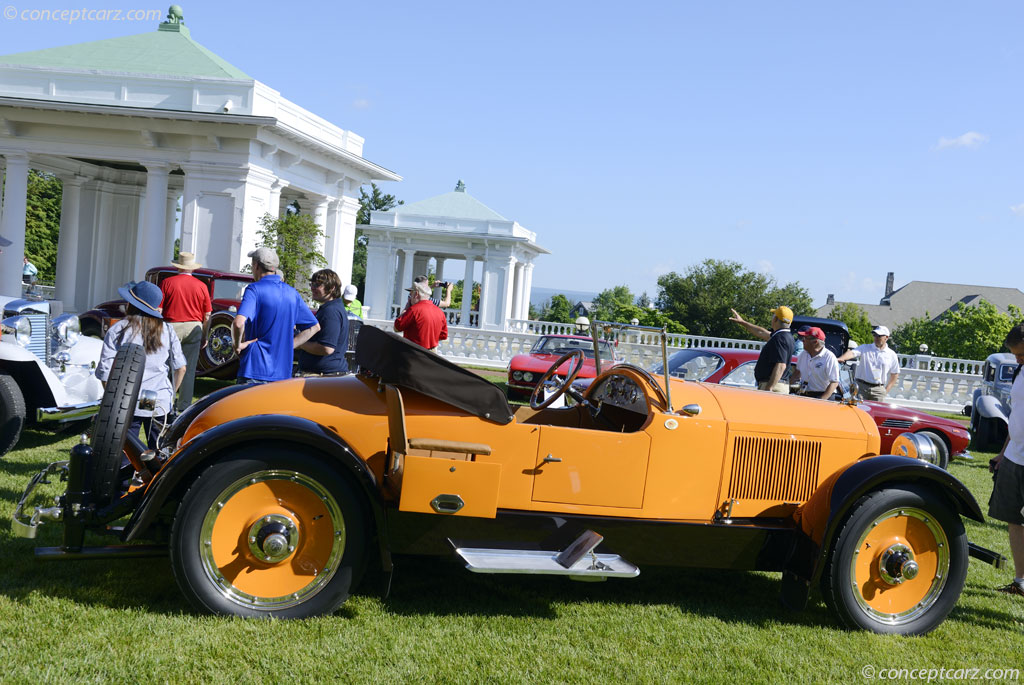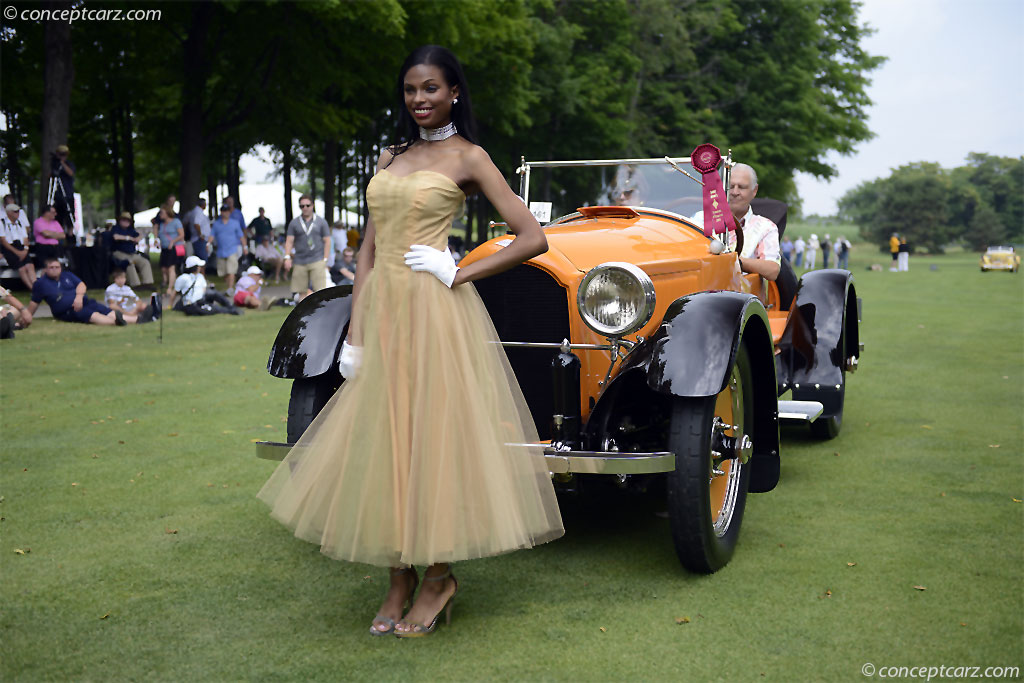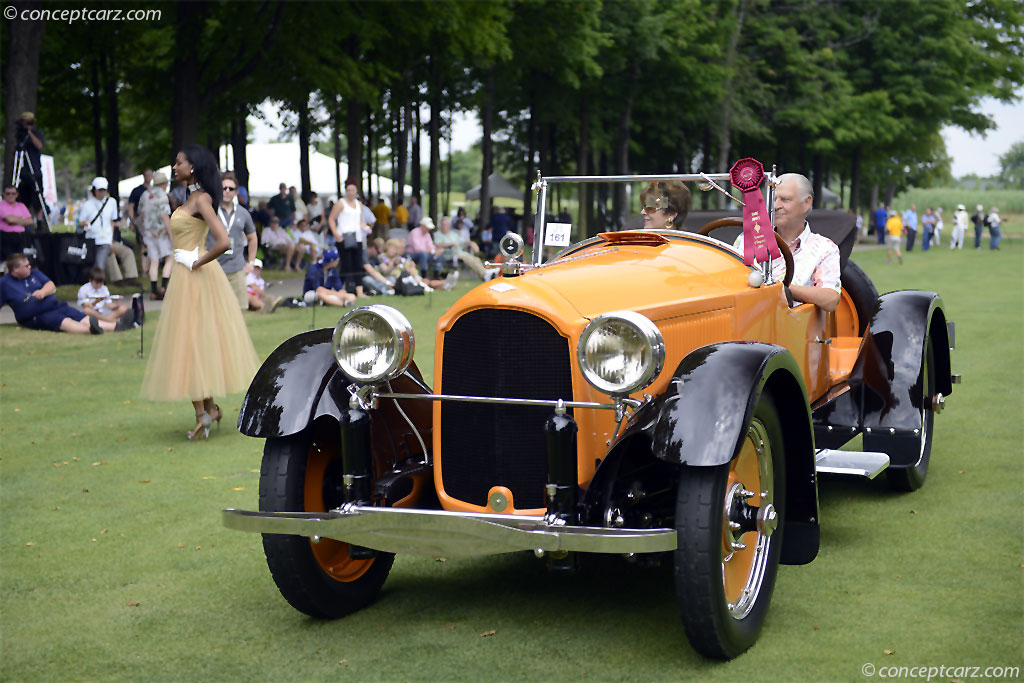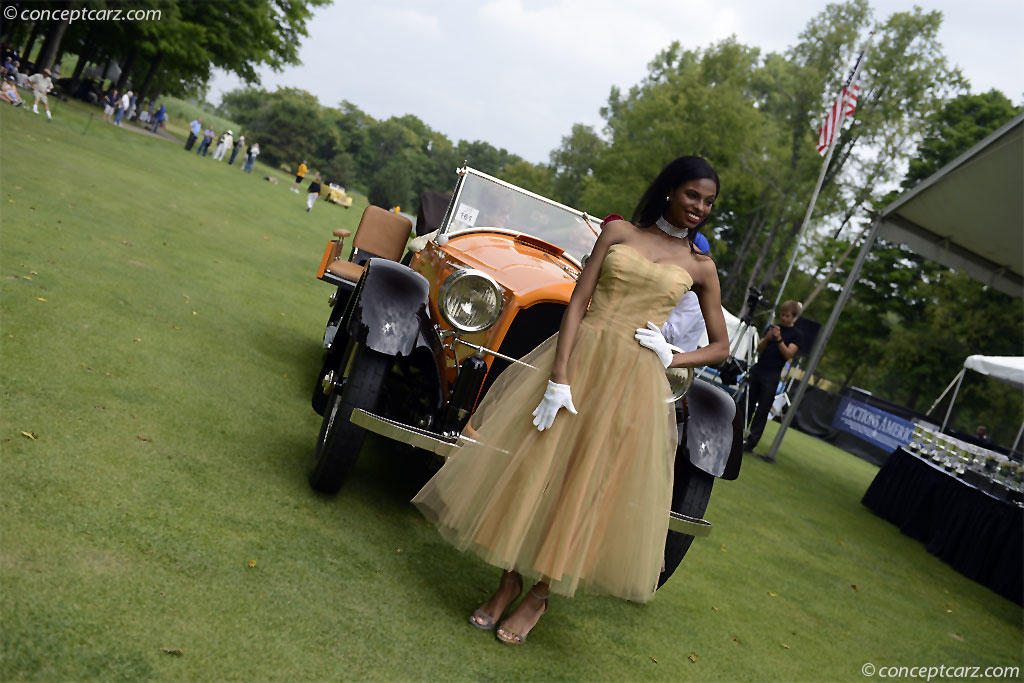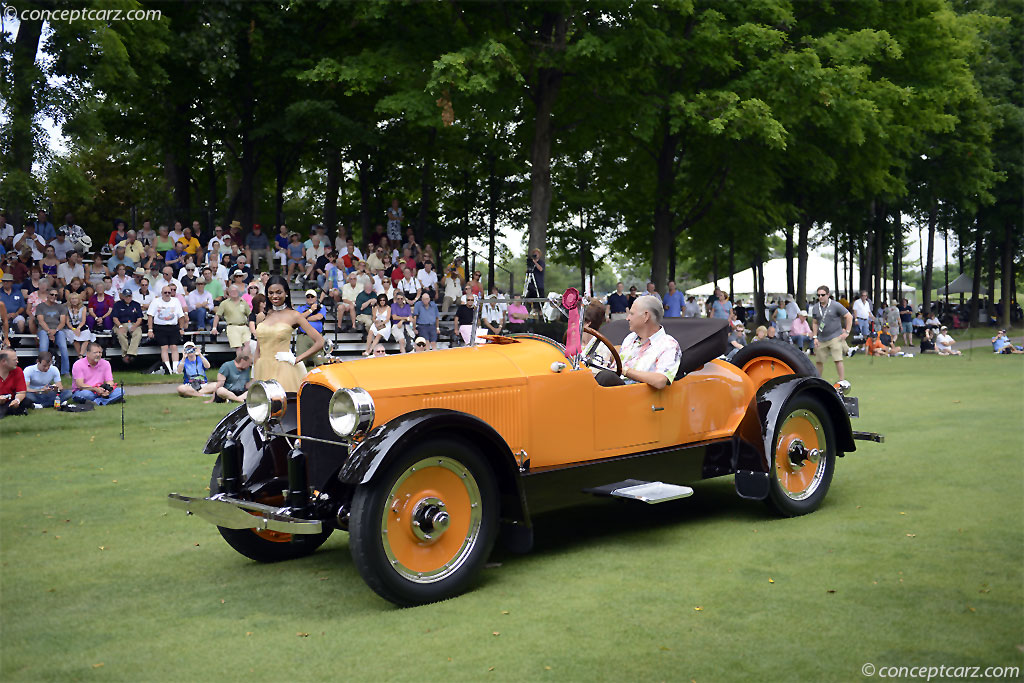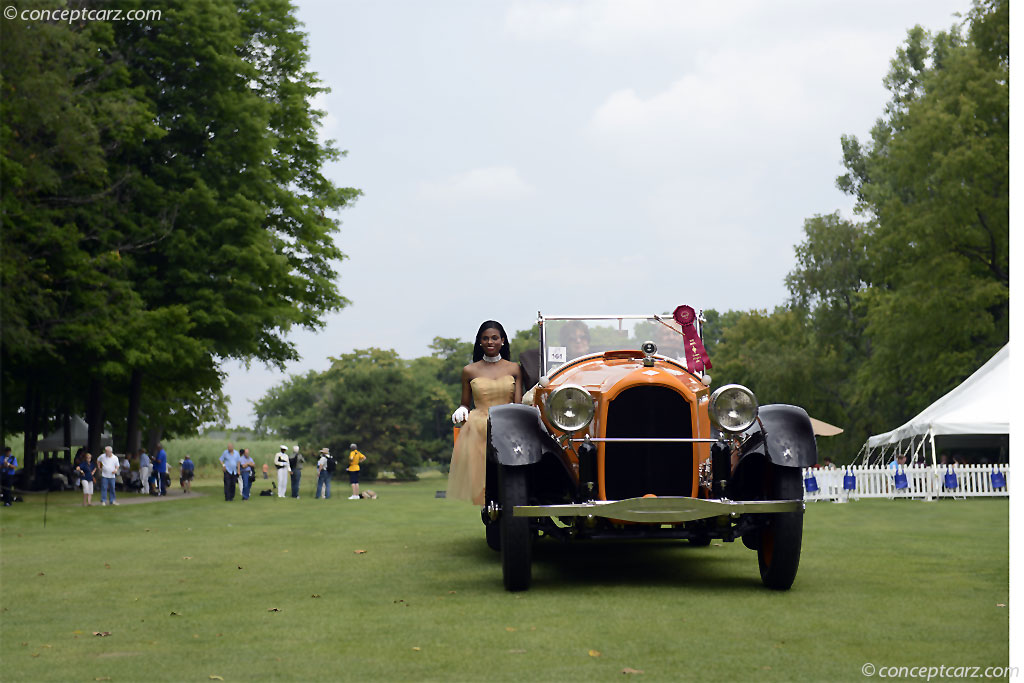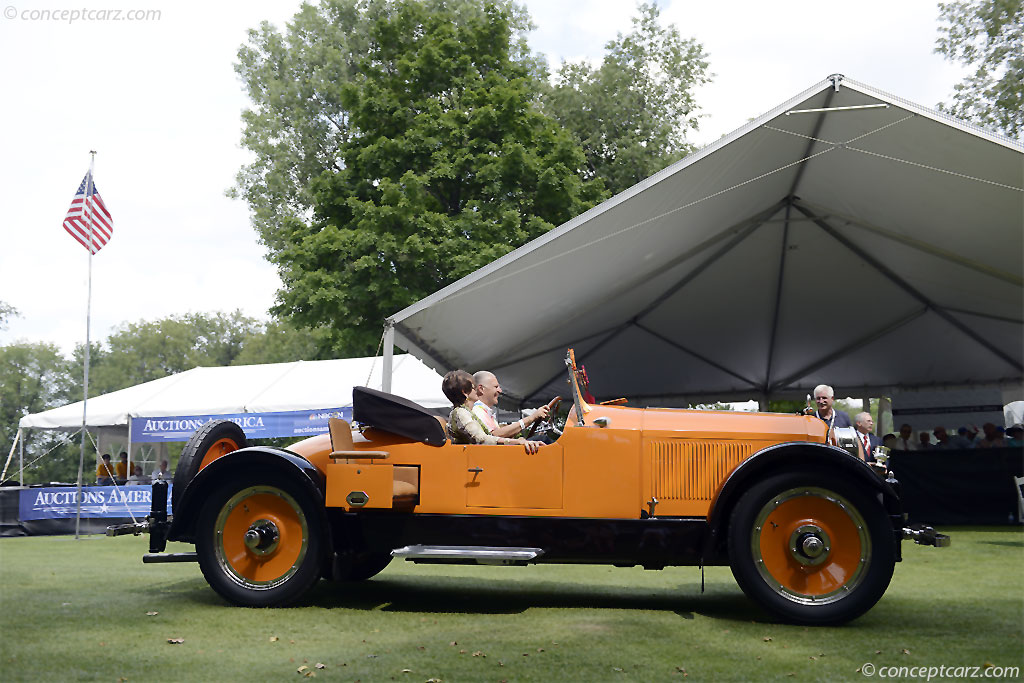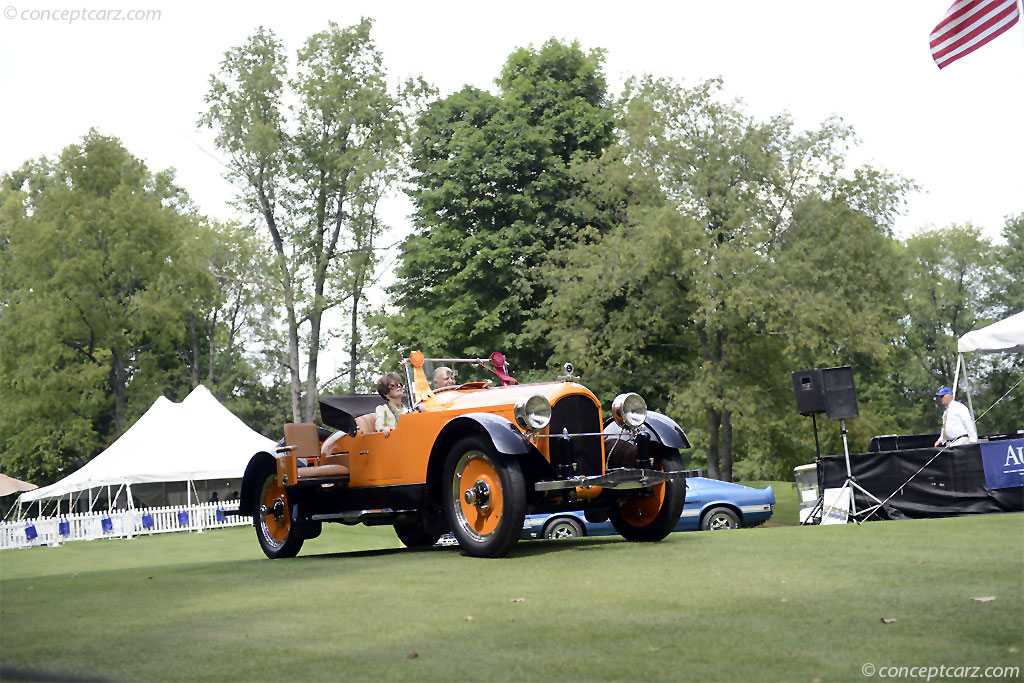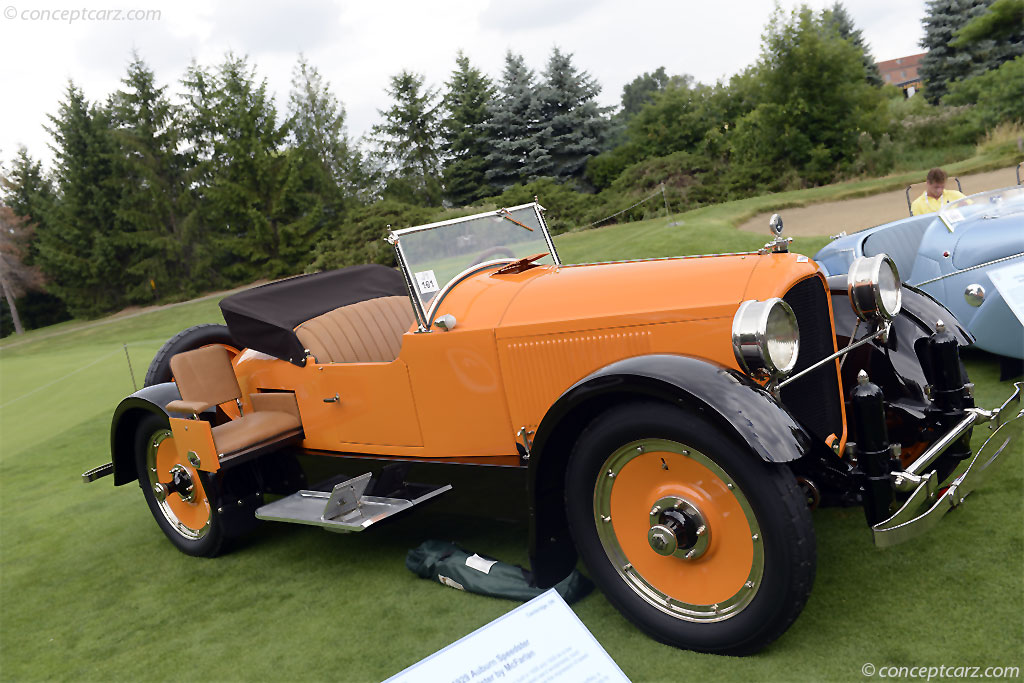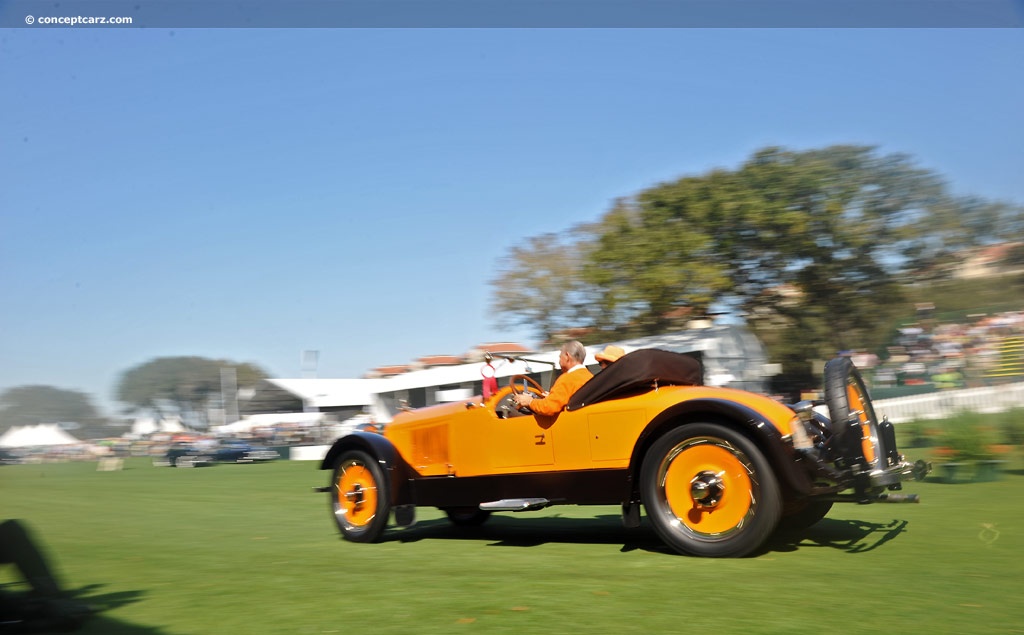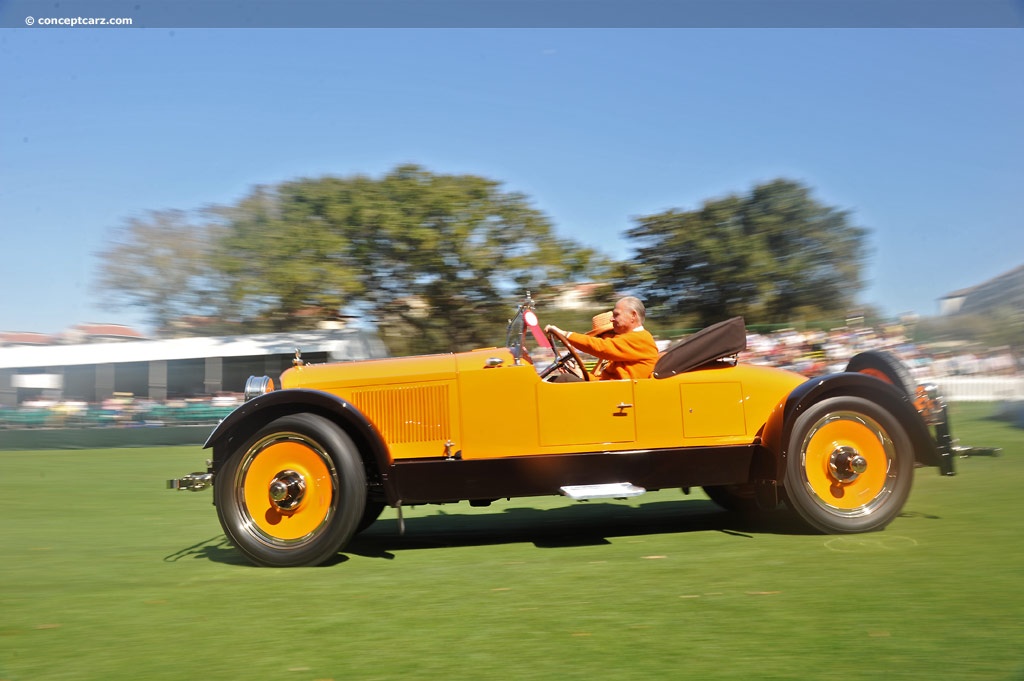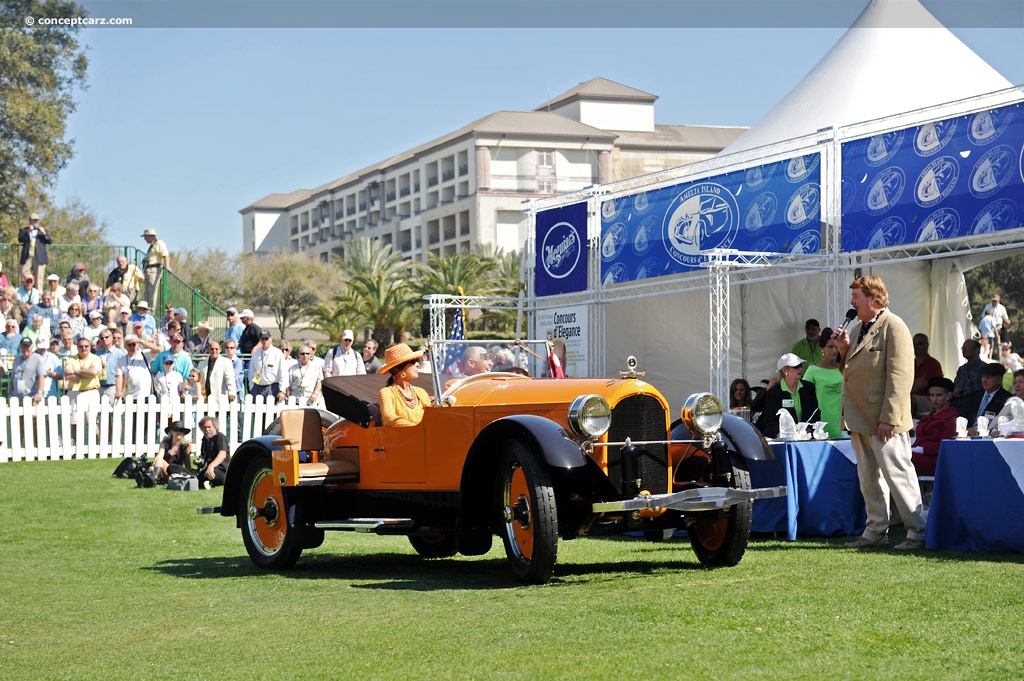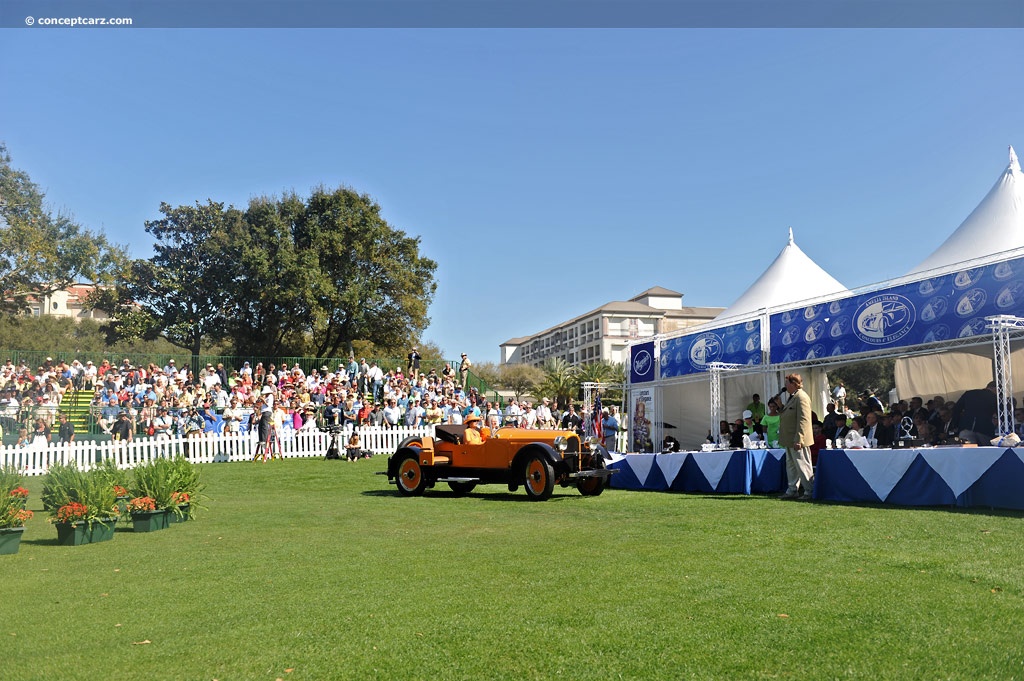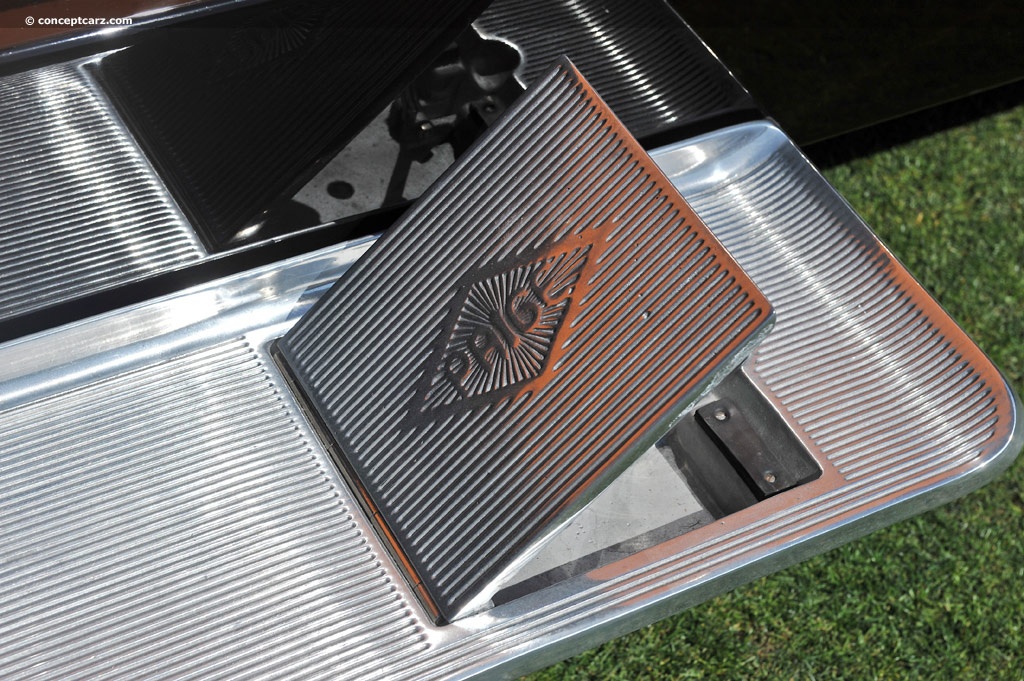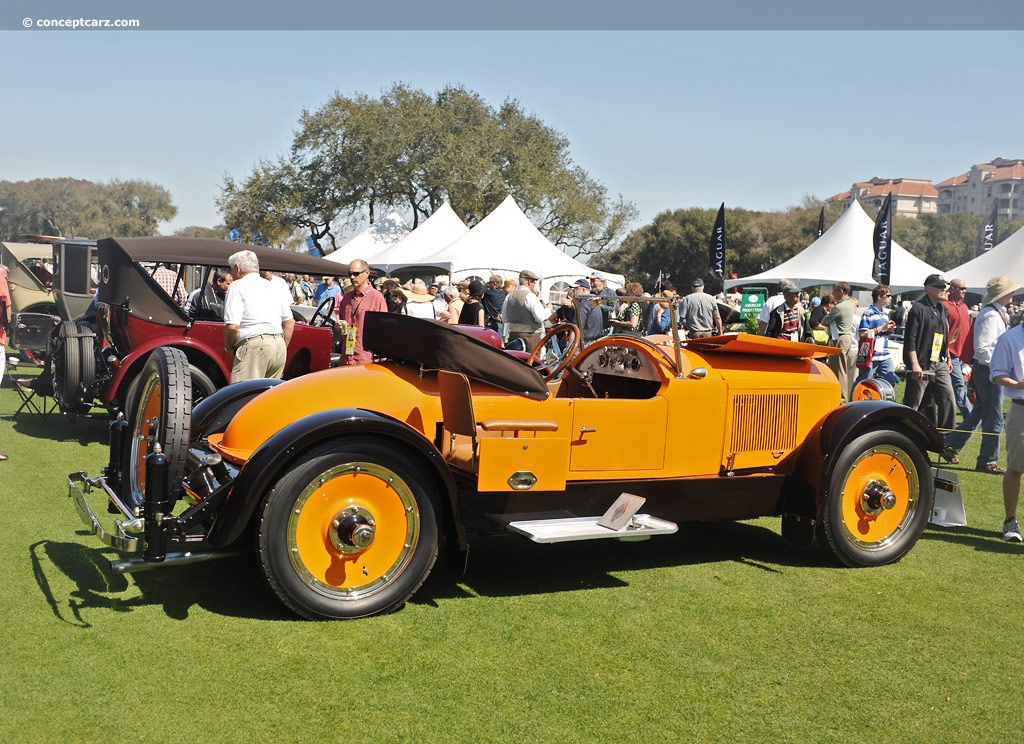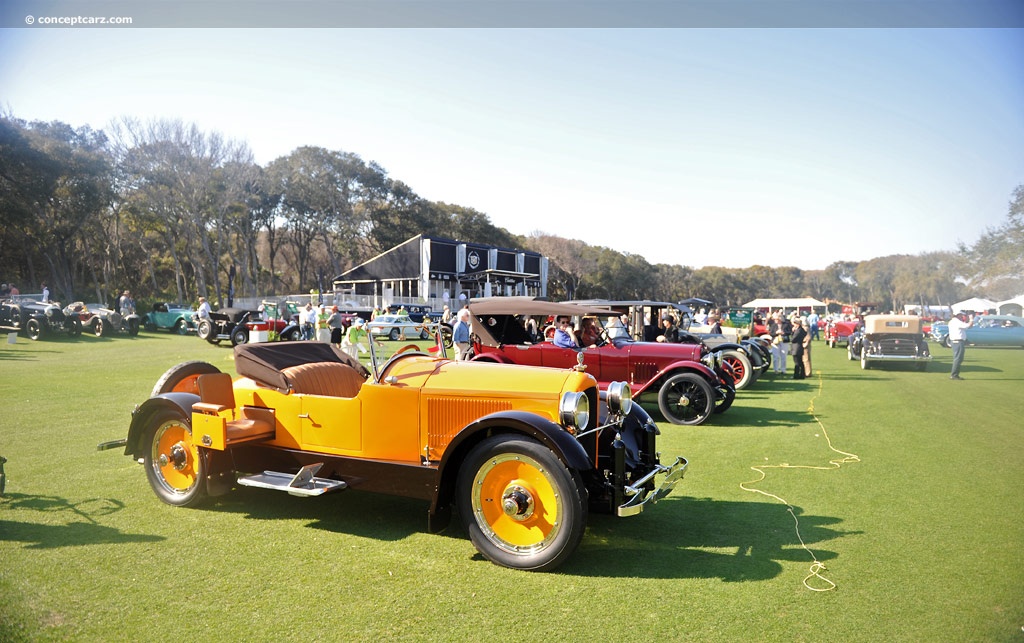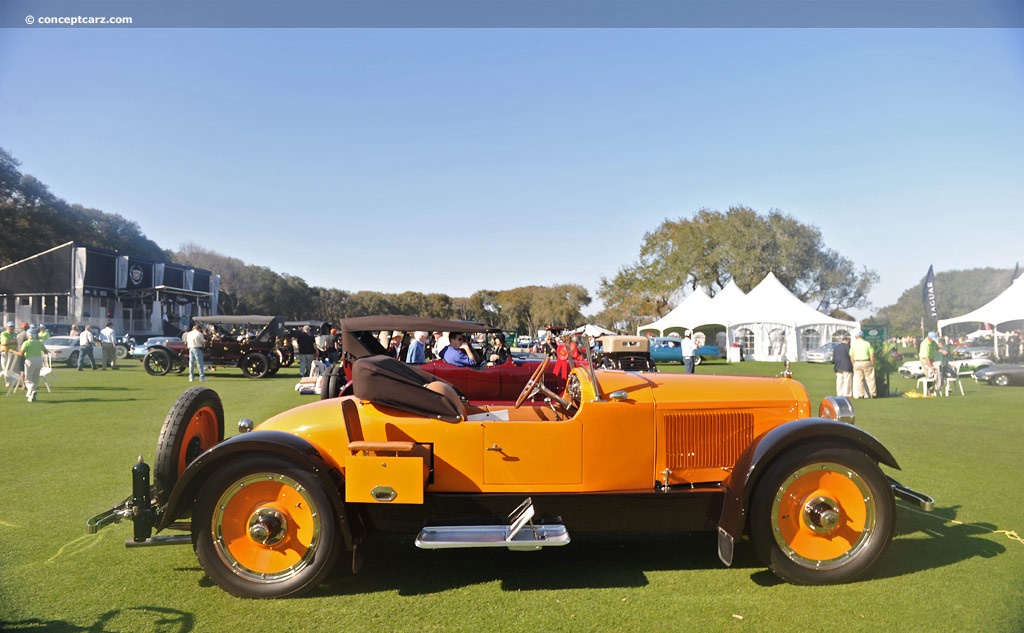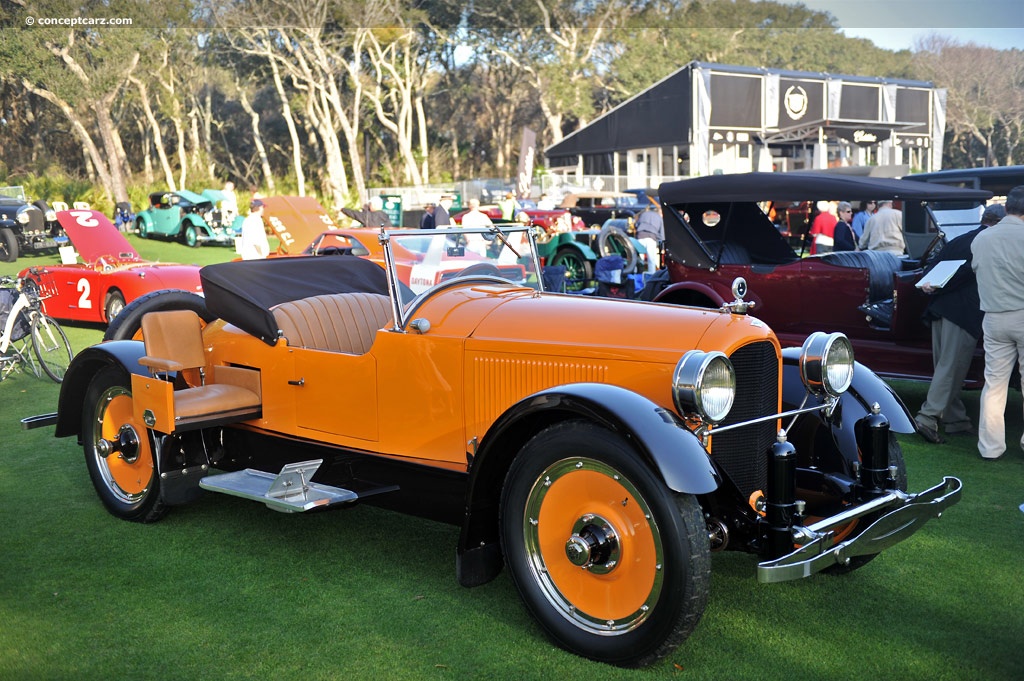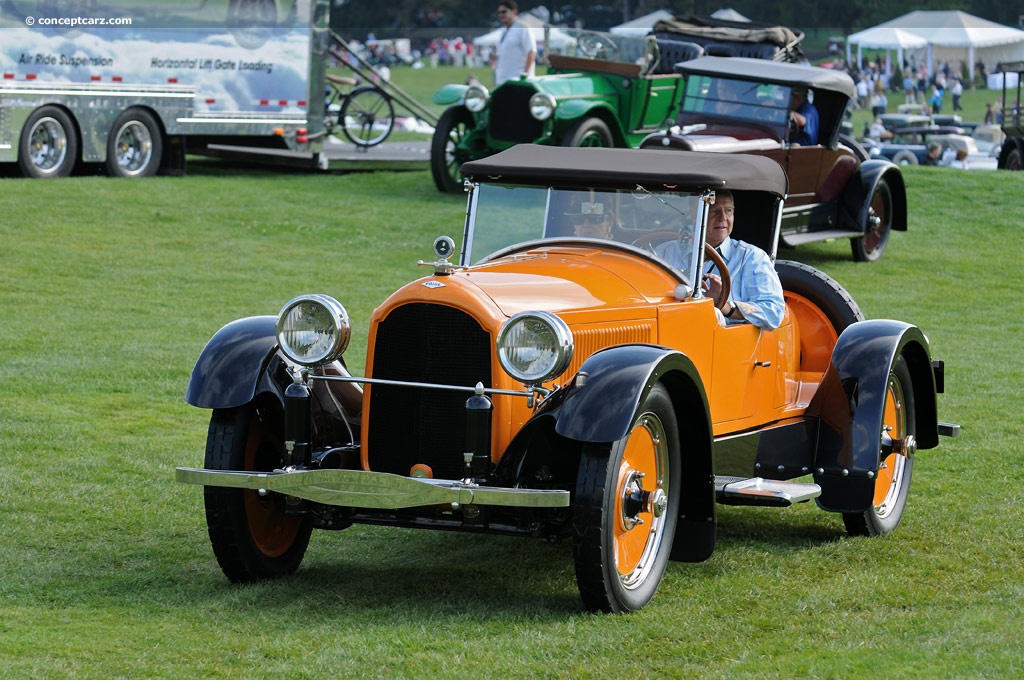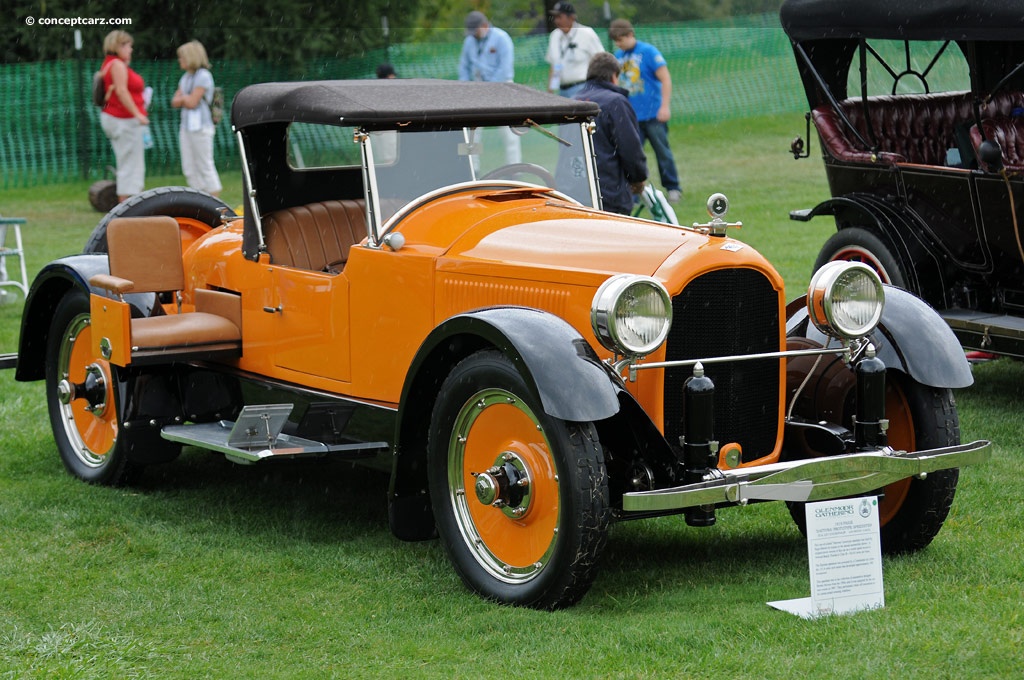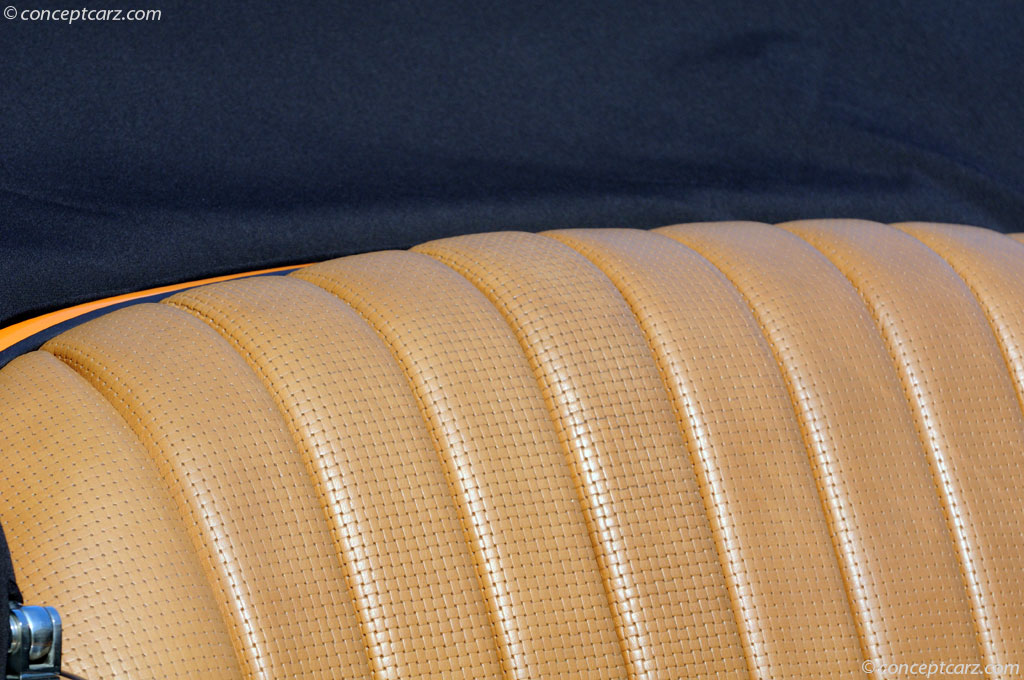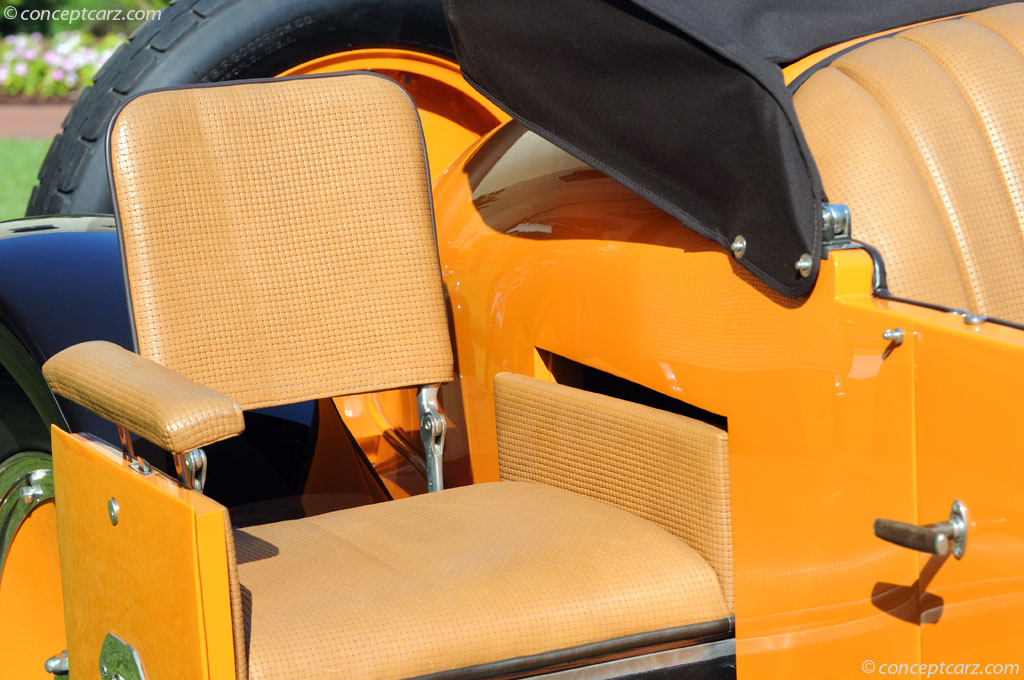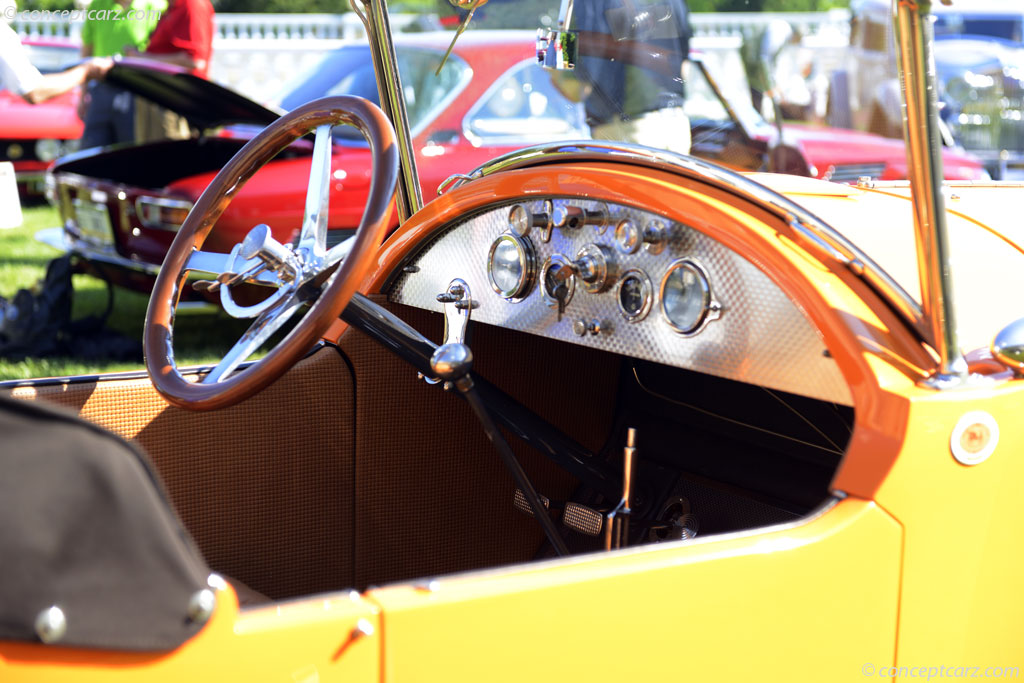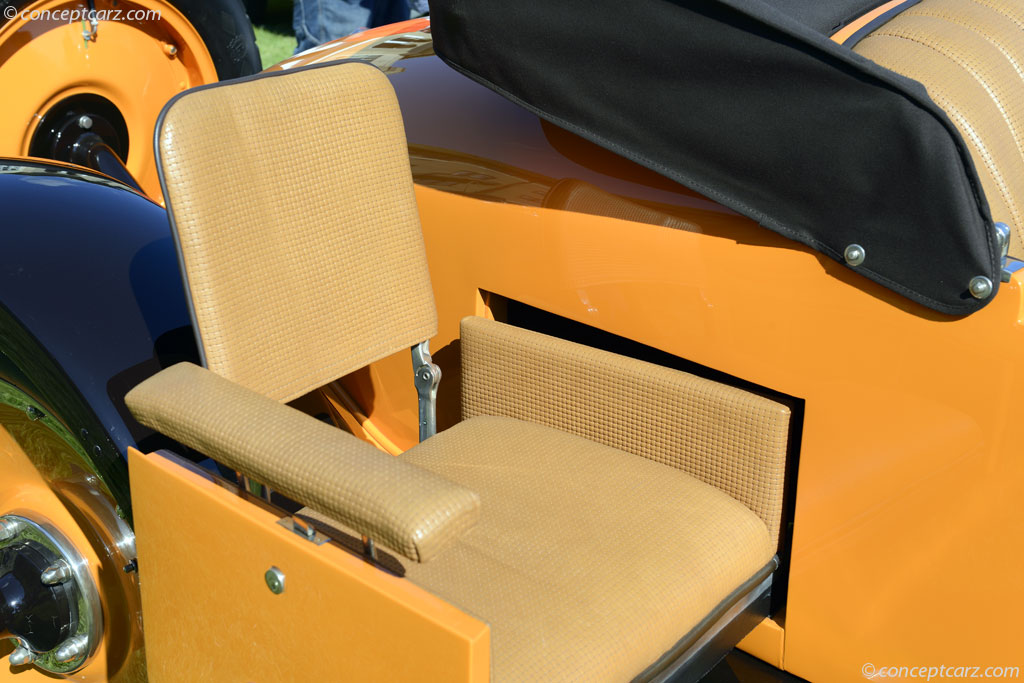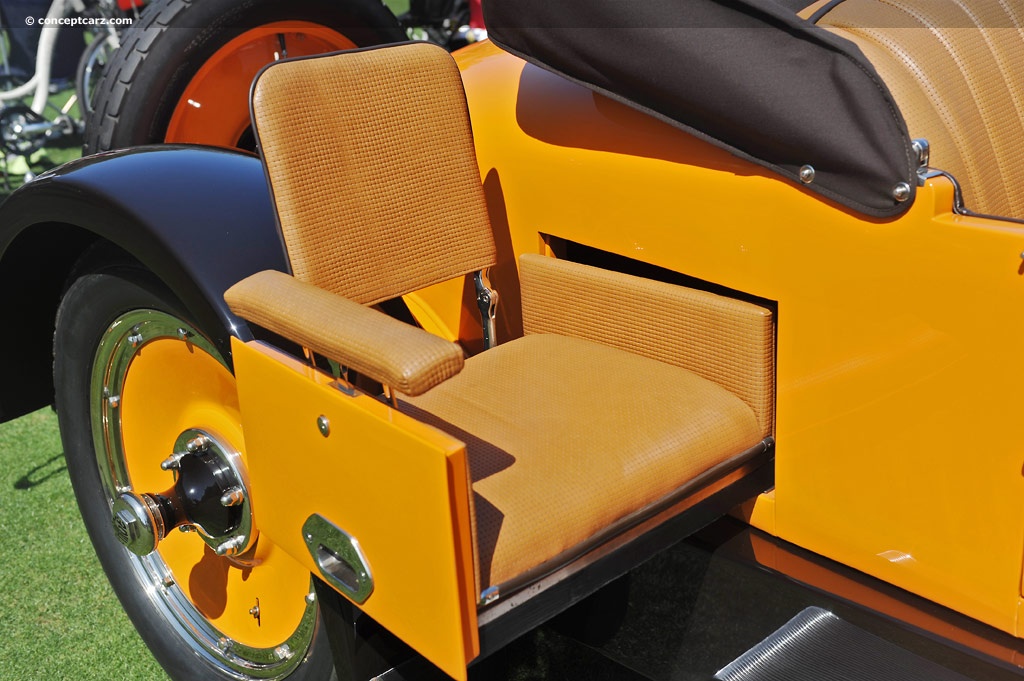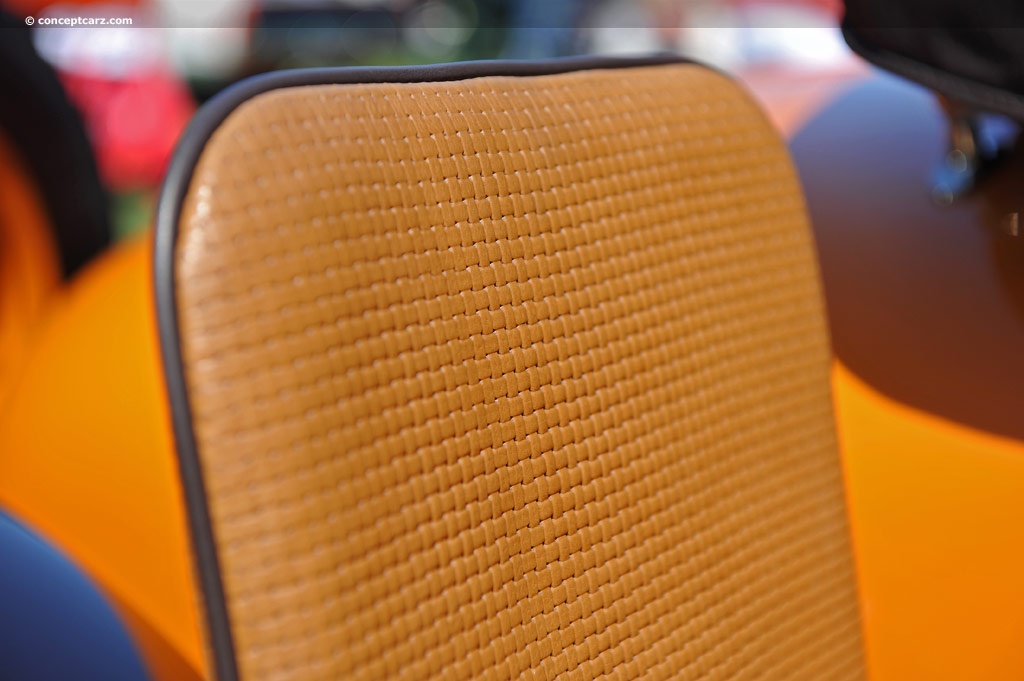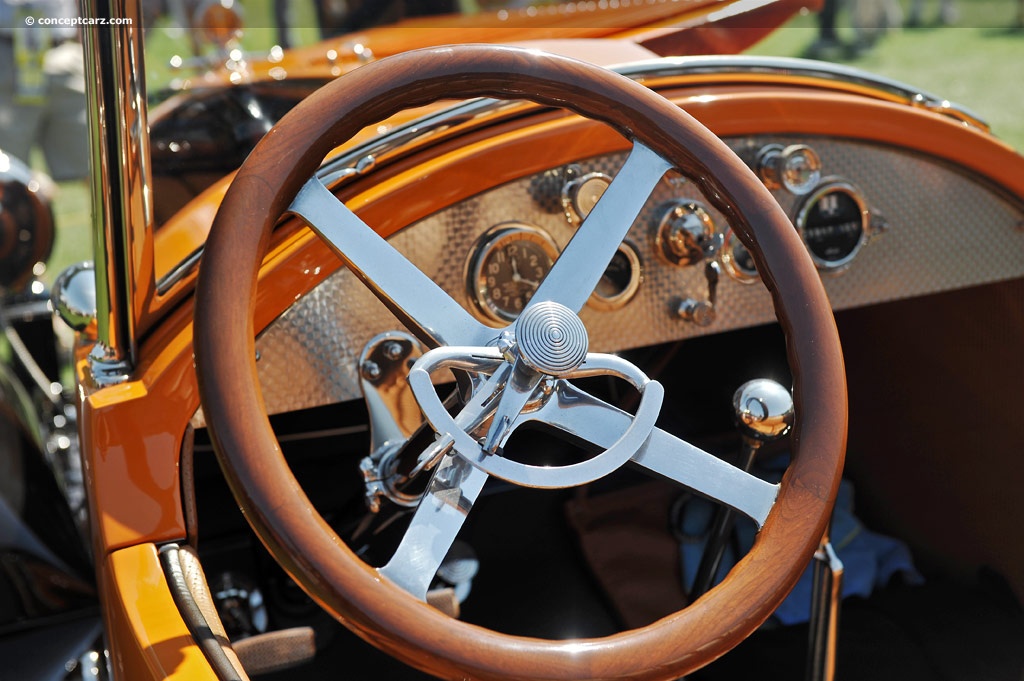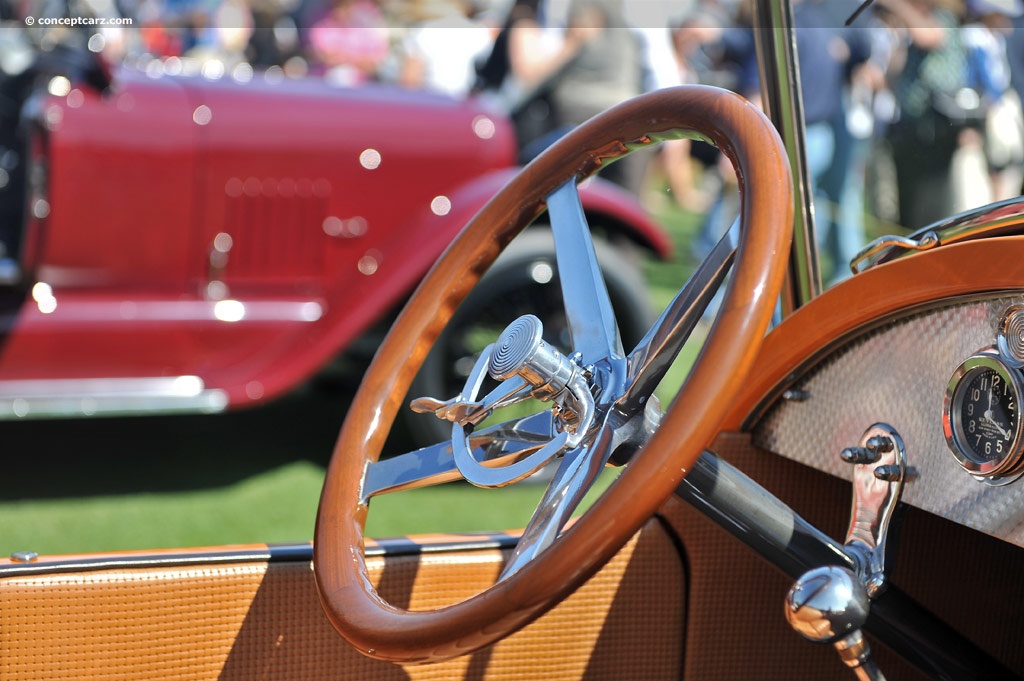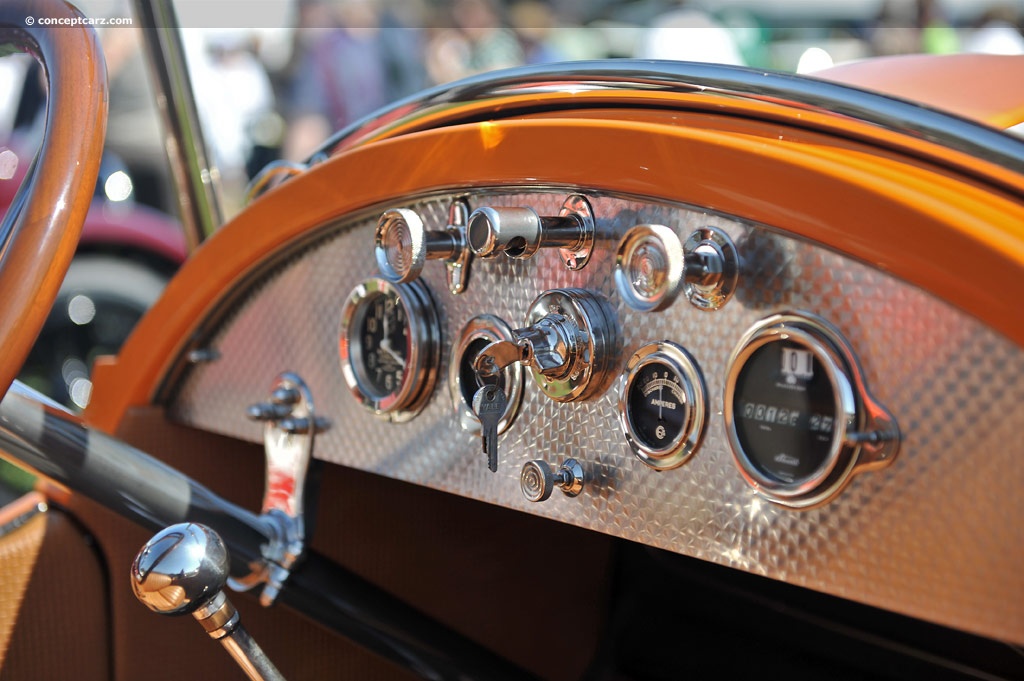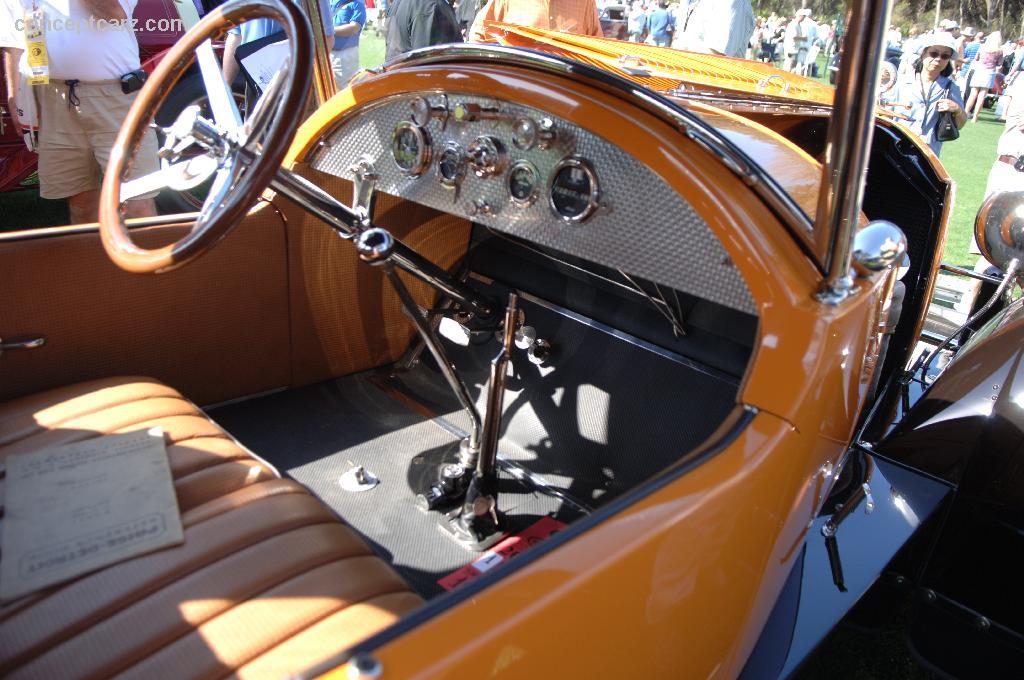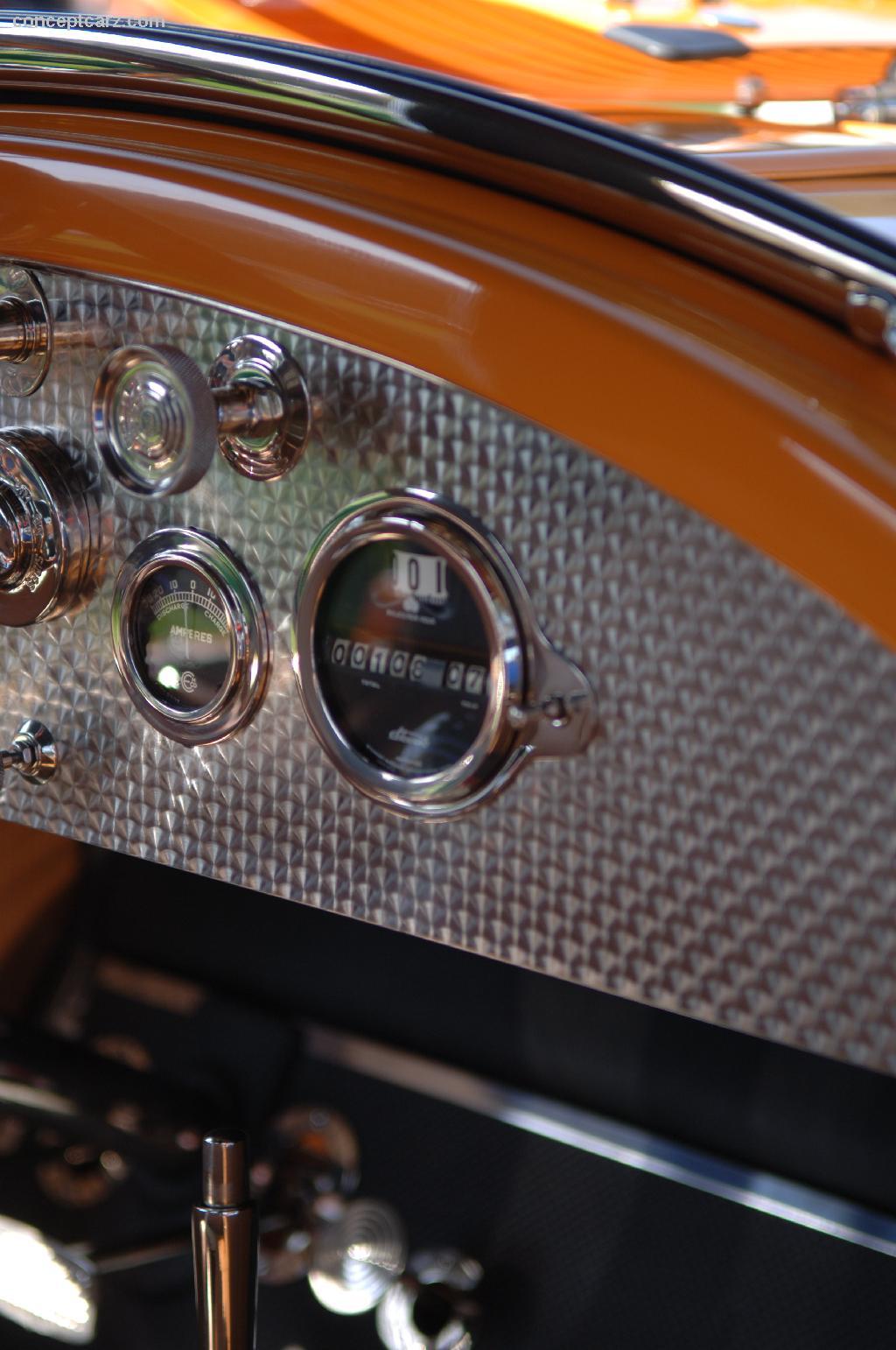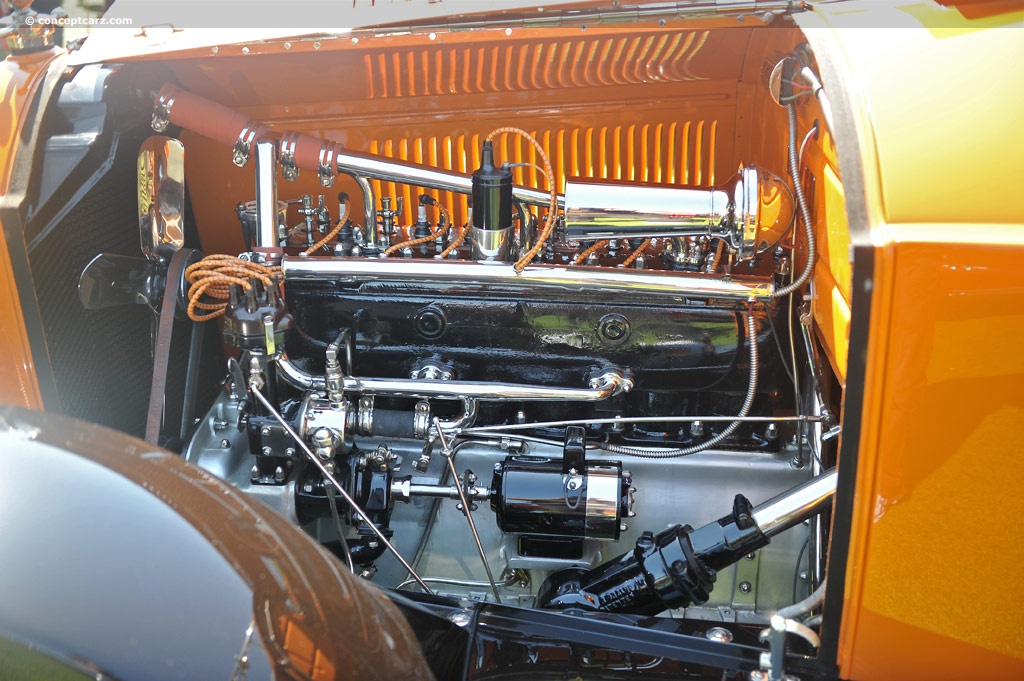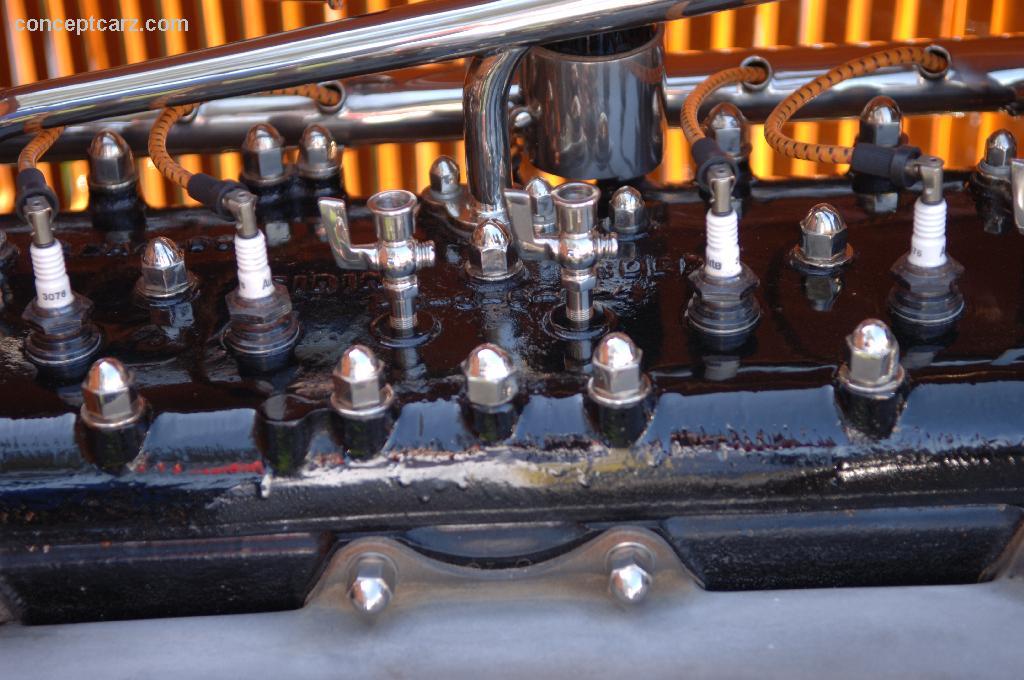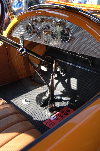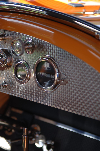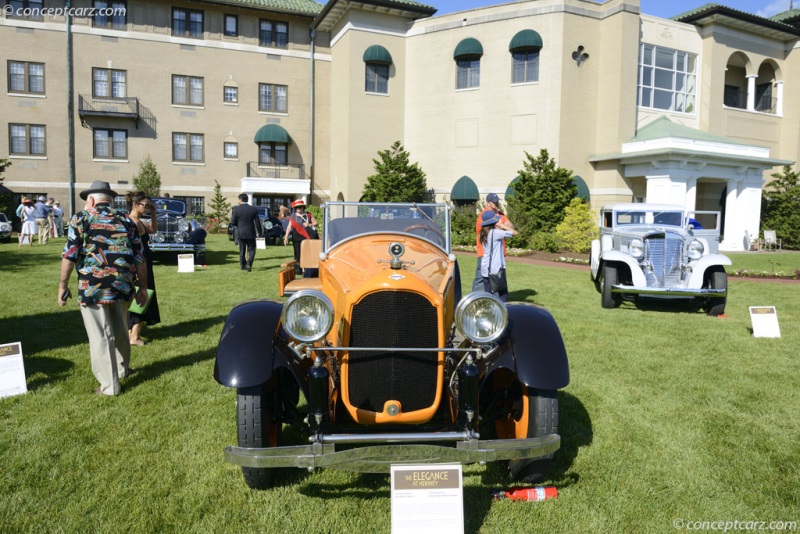Image credit: © conceptcarz.com (Reproduction Or reuse prohibited).
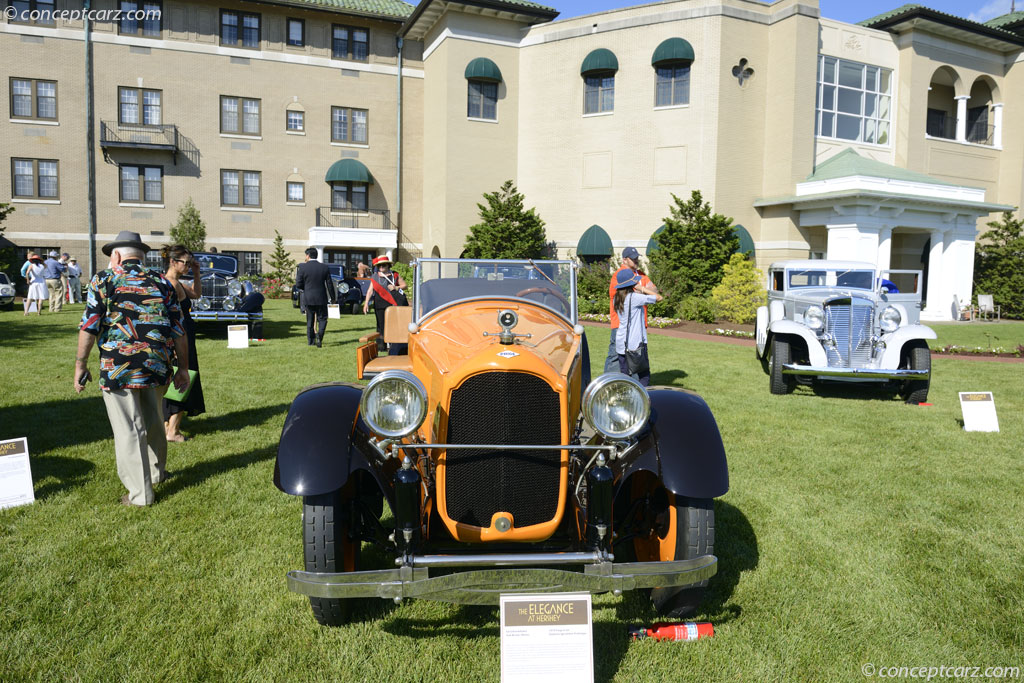
After selling its automobile business in 1907, Reliance Automobile Mfg. Co. concentrated on trucks for two years. General Motors purchased the truck portion of the firm and former Reliance president Fred O. Paige decided to re-enter the automobile business. He was joined by coal merchant Harry M. Jewett, whose investment helped build the Paige-Detroit Motor Car Co. Sales struggled by 1927 when the Graham brothers purchased the company, after which it became the Graham-Paige Motors Corp. A transition line of 1928 Paiges debuted in August, which would be the last cars so badged.
Harry Jewett was a coal company owner who'd ridden in a two-stroke, three-cylinder car from Fred Paige's Reliance Motor Company and got the auto magnate bug. He bought in and reorganized it as the Paige-Detroit Motor Car Company. They started with a two-seater in 1909 powered by a three-cylinder, two-stroke engine, but four-stroke, four- and six-cylinder models were soon added to the lineup.
In 1919, they planned a new series with a more powerful engine, known as the '6-66' series. To highlight the '6-66' series, they built this first 'speedster,' without the Daytona name. A racing version, driven by Ralph Mulford, set a world speed record (102.83 mph) for its class. Hence, the name 'Daytona Speedster' was used for the following 50 production cars. They were advertised as the 'World's Fastest Car.'
This example is the original show car. Special features include disc wheels, Westinghouse air springs, a special dashboard layout, and a mother-in-law seat, all on a long wheelbase chassis. Over the years, through mergers and acquisitions, Paige-Detroit became a part of what is now known as Daimler-Chrysler.
The Daytona Speedster was powered by a Continental six-cylinder, 331.4 cubic-inch motor that developed approximately 100 horsepower.
Harry Jewett was a coal company owner who'd ridden in a two-stroke, three-cylinder car from Fred Paige's Reliance Motor Company and got the auto magnate bug. He bought in and reorganized it as the Paige-Detroit Motor Car Company. They started with a two-seater in 1909 powered by a three-cylinder, two-stroke engine, but four-stroke, four- and six-cylinder models were soon added to the lineup.
In 1919, they planned a new series with a more powerful engine, known as the '6-66' series. To highlight the '6-66' series, they built this first 'speedster,' without the Daytona name. A racing version, driven by Ralph Mulford, set a world speed record (102.83 mph) for its class. Hence, the name 'Daytona Speedster' was used for the following 50 production cars. They were advertised as the 'World's Fastest Car.'
This example is the original show car. Special features include disc wheels, Westinghouse air springs, a special dashboard layout, and a mother-in-law seat, all on a long wheelbase chassis. Over the years, through mergers and acquisitions, Paige-Detroit became a part of what is now known as Daimler-Chrysler.
The Daytona Speedster was powered by a Continental six-cylinder, 331.4 cubic-inch motor that developed approximately 100 horsepower.
No auction information available for this vehicle at this time.
Recent Sales of the Paige 6-66
(Data based on Model Year 1919 sales)
Paige 6-66s That Failed To Sell At Auction
1919 Paige 6-66's that have appeared at auction but did not sell.
| Vehicle | Chassis | Event | High Bid | Est. Low | Est. High |
|---|
Vehicles With Comparable Market Values
Similar sales to the range.
1919 Paige 6-66
• Additional valuation insight and sales data• History
• Specifications
• Image gallery
• Other Paige 6-66 model years
